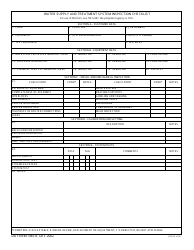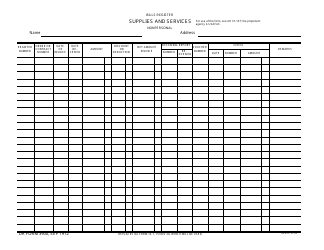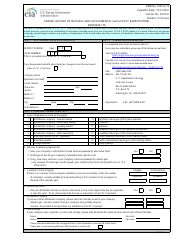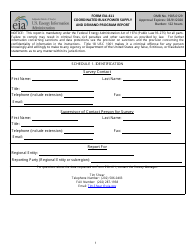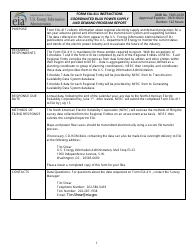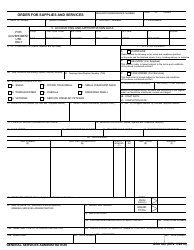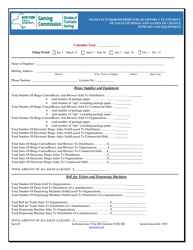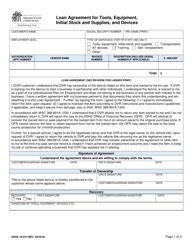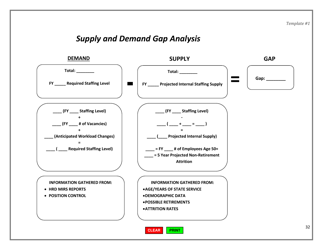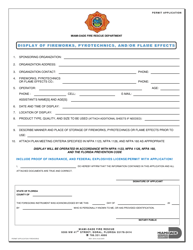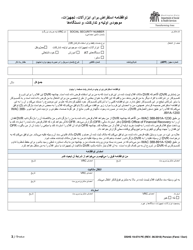Spinal Nerve Supply and Spinal Misalignment Effect Chart
The Spinal Nerve Supply and Spinal Misalignment Effect Chart provides information about the nerves that originate from the spine and their corresponding functions in the body. It also shows how misalignments in the spine can affect these nerves and potentially cause various health issues. This chart helps healthcare professionals visualize and understand the relationship between spinal health and overall well-being.
FAQ
Q: What is spinal nerve supply?
A: Spinal nerve supply refers to the network of nerves that branch out from the spinal cord to various parts of the body.
Q: What is a spinal misalignment?
A: A spinal misalignment, also known as a subluxation, refers to a condition where the vertebrae in the spine are not properly aligned.
Q: How does a spinal misalignment affect the body?
A: A spinal misalignment can disrupt the normal flow of nerve signals from the spinal cord to different body parts, potentially causing pain, discomfort, and other health issues.
Q: What are some examples of health issues caused by spinal misalignment?
A: Some examples include back pain, neck pain, headaches, reduced range of motion, and nerve-related problems in the arms or legs.
Q: How is a spinal misalignment treated?
A: A chiropractor or other healthcare professional can perform adjustments to help realign the spine and relieve the effects of a spinal misalignment.
Q: Are there any exercises or stretches that can help with spinal alignment?
A: Yes, certain exercises and stretches can help improve spinal alignment, but it's important to consult with a healthcare professional before attempting them.
Q: Can spinal misalignment be prevented?
A: Maintaining good posture, staying active, practicing good ergonomics, and seeking regular chiropractic care can help prevent or minimize spinal misalignments.
Q: Is spinal nerve supply the same in all individuals?
A: While the basic structure of spinal nerve supply is the same for everyone, the specific nerves and their pathways can vary slightly from person to person.



